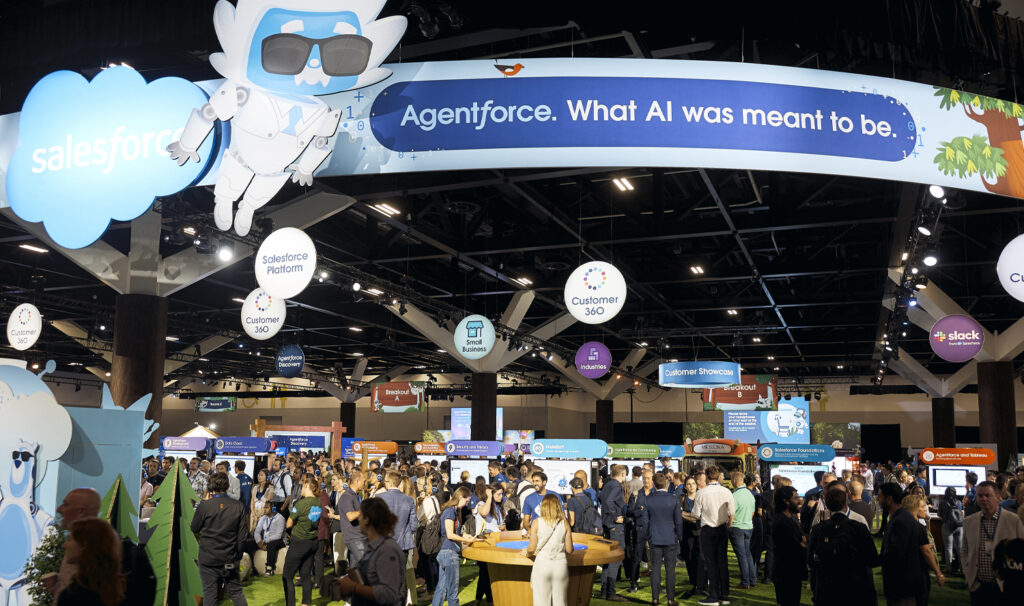You’ve made the investment. The technology is in. You’ve introduced it to your team. It feels like handing over the keys to an amazing new building.
But then… it doesn’t get used. Or it doesn’t get used properly. There’s resistance, resentment even.
The technology that was supposed to transform operations and customer experience has fallen flat. But why?
The first thing to understand is that it is not an issue with the technology nor is it a problem with the end users. Rather, this is an adoption issue. It’s about poor uptake of the technology. Recognising this is a critical first step. From there, your organisation can start looking at it from a change management perspective.
More alignment, less fireworks: why adoption struggles
There can be all kinds of reasons why adoption of new technologies struggles, says Dr Giselle Rampersad, Professor in Innovation at Flinders University. “On an individual level, a key question is whether the technology actually helps in achieving their work tasks. How well does it influence job performance for the level of effort a worker has to put in.” Prior experience can also impact the way an individual responds to new technologies. Previous frustrating experiences might predispose one to thinking any new system is going to be more trouble than it’s worth.
We can even see new technology uptake struggling on a national level. Australia is behind the OECD when it comes to uptake of industry 4.0 technologies and Dr Rampersad argues that a national policy is required to drive the kind of upskilling programs that would drive systemic change.
In the meantime, the most common barriers at an organisational level that I see causing the biggest hurdles to tech uptake in businesses. As Dr Rampersad explains, a lack of top management support, a lack of appropriate, relevant and targeted training, a misalignment of people, processes, goals and priorities, inadequate infrastructure and poor communication can all result in a failure for new technologies to achieve lift off.
Indeed, senior management often have a blind spot when it comes to helping their employees do their jobs. The attitude is “you’re paid to do it, so just get on with it.” And yet anyone who has faced poor uptake of a new technology will know that it doesn’t work like that. Just because you’re paid to do something, doesn’t mean you’ll do it. Teams need to understand why they are being asked to take on new tech and how to do it correctly. Without a clear picture of the goal and how to get there, a reluctance to engage will persist. Moreover, without that comprehensive understanding, data can be inadvertently mishandled. Entering data into a system which is poorly understood from both a business and technical perspective pretty much guarantees that data will be useless.
It can be easy for decision-makers to get carried away by a whizz-bang demo, of , say, CRM platforms. All the bells and whistles are on show and it seems like it will solve all your problems in one fell swoop. But what gets lost in all that excitement is the fact that Salesforce, like any other technology, is not there to provide your organisation with a process. It’s there to supplement and automate your processes.
Once the smoke from the fireworks has cleared, project leaders and their teams are often left with a system they didn’t ask for or have any input into. If it doesn’t properly align with their processes, if their people can’t get value from it or haven’t even been given the training to see what’s possible, then why even make the investment technology?
There is no point blaming the tech if you haven’t bothered to engage the people who will be using it.
For adoption success, lead with people, not technology
So when should end users be engaged in the process of introducing new technology? The answer is simple: from the get go.
Start by engaging change champions or business process owners from across the organisation. Their insights will be invaluable. What’s working? What’s inefficient? What could be streamlined? How could your work processes be improved? How could your goals be more effectively reached? What do you want from the technology? As Dr Rampersad says, “the introduction of new technologies should not be treated as a technology push. There should be an understanding of what business problem is being solved.”
And get your change champions on board as soon as the technology is first introduced . Yes, it can be a long journey. Implementing a Salesforce platform, for instance, is a major undertaking. So you may not have it all figured out yet, but at least you’re getting that user experience perspective and talking about change early on in the process.
It still surprises me that organisations can be so informed and creative when it comes to engaging customers, addressing their pain points, and maximising their experience, but so deficient when it comes to applying the same principles to employees. Employee experience will be critical in securing a successful transition to new technology.
Moreover, says Dr Rampersad, “different departments and roles may engage differently with the technology and have varying readiness levels… Therefore there should be a diagnostic analysis of those different needs and levels of maturity to create a more nuanced approach to introducing new technology.” A comprehensive strategy of on-boarding and induction and training and development must be incorporated to give the technology maximum chance of uptake and success.
Finally, don’t see the project as done and dusted once it’s gone live. Create a framework for post-implementation follow up at least at 30, 60 and 90 days. It doesn’t always have to be a formal survey. Sometimes sitting in on a team meeting will give you a more accurate picture of how your people are managing the change and what kind of support they may need.
How successfully your organisation’s new technology is taken up will depend largely on how you introduce it to your teams. Because adoption is, at its heart, about people, not tech. The people who will be using the technology are your greatest resource. Get them on board and engaged and you have the recipe for higher adoption rates and a successful roll out of your new technology.
Find out how our Adoption Accelerator scorecard and LPO (Listen Prioritise Optimise) methodology can help you get a clear picture of the adoption challenges you’re facing and how Simplus can help you address them.





